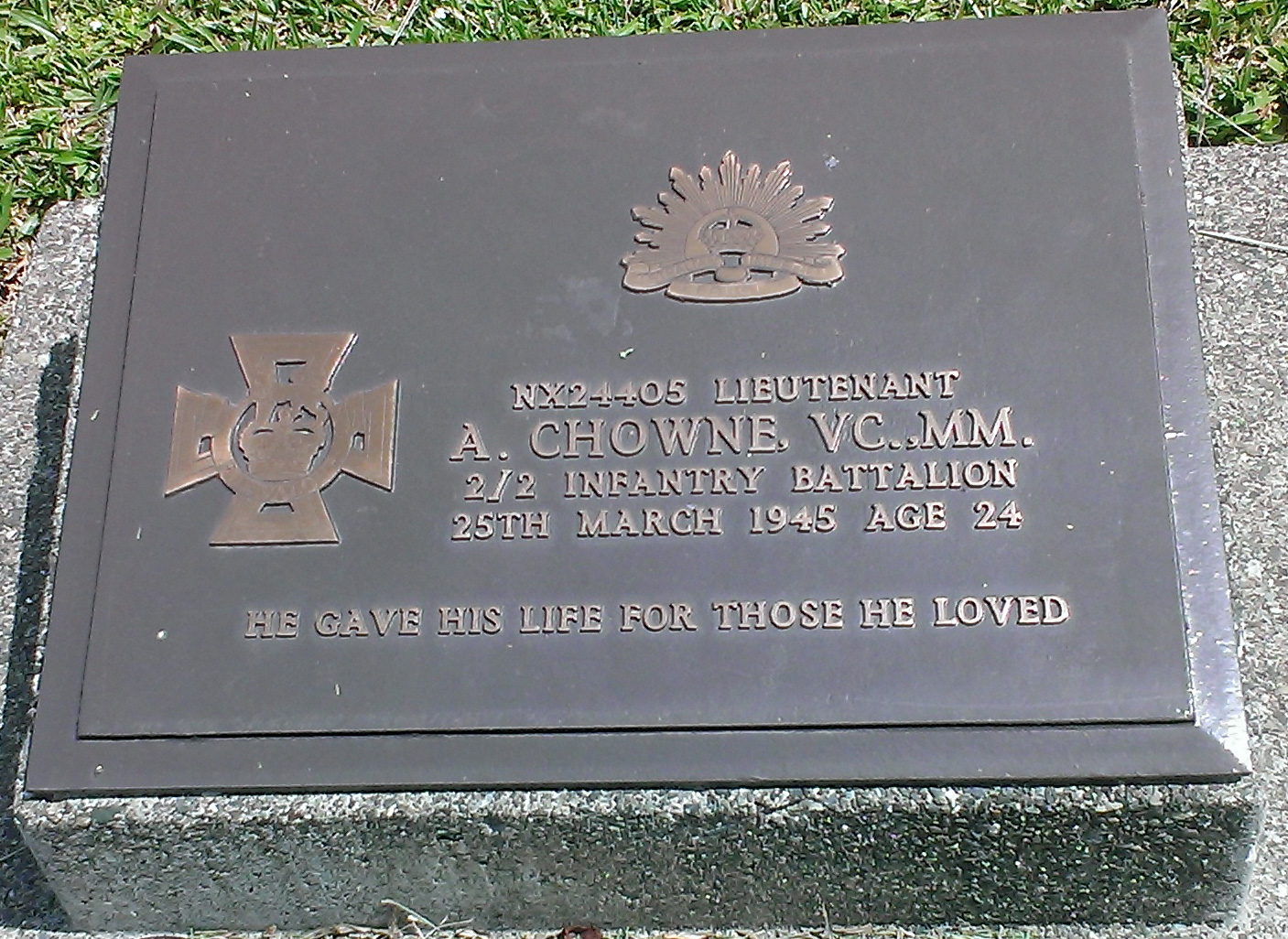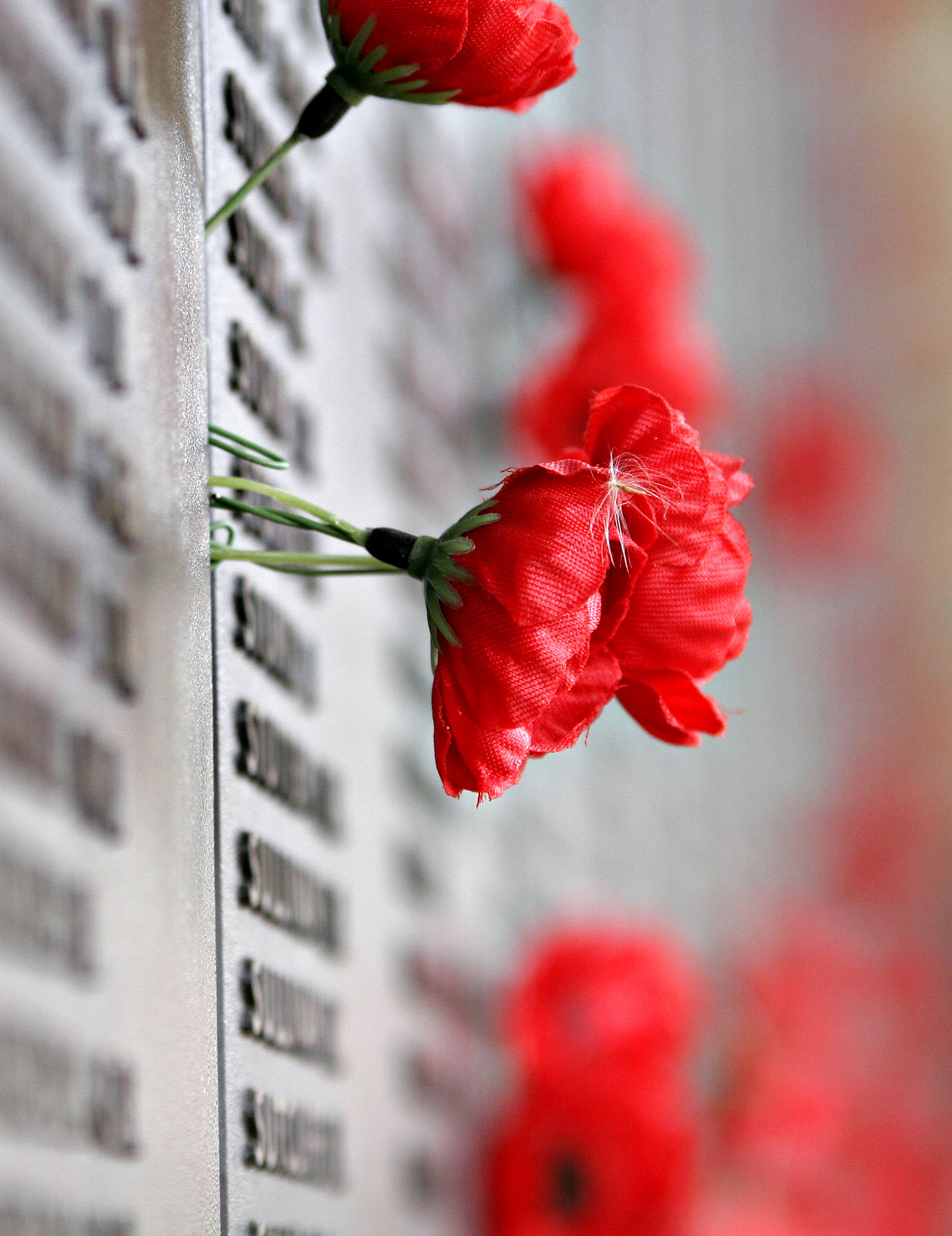|
Lae War Cemetery
The Lae War Cemetery, established in 1944, is located adjacent to the Botanical Gardens in the centre of the city of Lae, the capital of Morobe Province, in Papua New Guinea. The cemetery is managed by the Commonwealth War Graves Commission. In World War II, Japanese and Commonwealth soldiers fought to hold the strategic areas of Papua New Guinea, and the Morobe Province was the site of several heated campaigns in late 1942–1943; by 1944, the Japanese had been driven off the island. The cemetery holds the remains of over 2,800 soldiers, many of whom died in the Salamaua–Lae campaign, but also those who died in Japanese detention on the Island. As the remains of missing soldiers are recovered, they are interred in the cemetery. History In the early months of 1942, Japan dominated the skies. Lae and Salamaua were bombed on 21 January 1942 by 100 planes, and 3,000 land troops arrived on 7 March. There were also landings at Salamaua, followed on 21 Jul ... [...More Info...] [...Related Items...] OR: [Wikipedia] [Google] [Baidu] |
Commonwealth War Graves Commission
The Commonwealth War Graves Commission (CWGC) is an intergovernmental organisation of six independent member states whose principal function is to mark, record and maintain the graves and places of commemoration of Commonwealth of Nations military service members who died in the two World Wars. The commission is also responsible for commemorating Commonwealth civilians who died as a result of enemy action during the Second World War. The commission was founded by Fabian Ware, Sir Fabian Ware and constituted through Royal Charter in 1917 as the Imperial War Graves Commission. The change to the present name took place in 1960. The commission, as part of its mandate, is responsible for commemorating all Commonwealth war dead individually and equally. To this end, the war dead are commemorated by a name on a headstone, at an identified site of a burial, or on a memorial. War dead are commemorated uniformly and equally, irrespective of military or civil rank, race or creed. The co ... [...More Info...] [...Related Items...] OR: [Wikipedia] [Google] [Baidu] |
Galipoli
The Gallipoli peninsula (; tr, Gelibolu Yarımadası; grc, Χερσόνησος της Καλλίπολης, ) is located in the southern part of East Thrace, the European part of Turkey, with the Aegean Sea to the west and the Dardanelles strait to the east. Gallipoli is the Italian form of the Greek name (), meaning 'beautiful city', the original name of the modern town of Gelibolu. In antiquity, the peninsula was known as the Thracian Chersonese ( grc, Θρακικὴ Χερσόνησος, ; la, Chersonesus Thracica). The peninsula runs in a south-westerly direction into the Aegean Sea, between the Dardanelles (formerly known as the Hellespont), and the Gulf of Saros (formerly the bay of Melas). In antiquity, it was protected by the Long Wall, a defensive structure built across the narrowest part of the peninsula near the ancient city of Agora. The isthmus traversed by the wall was only 36 stadia in breadthHerodotus, ''The Histories''vi. 36 Xenophon, ibid.; Pseudo ... [...More Info...] [...Related Items...] OR: [Wikipedia] [Google] [Baidu] |
Anzac Day
, image = Dawn service gnangarra 03.jpg , caption = Anzac Day Dawn Service at Kings Park, Western Australia, 25 April 2009, 94th anniversary. , observedby = Australia Christmas Island Cocos (Keeling) Islands Cook Islands New Zealand Niue Norfolk Island Tokelau Tonga , duration = 1 day , frequency = Annual , scheduling = same day each year , date = 25 April , observances = Dawn services, commemorative marches, remembrance services , type = historical , longtype = Commemorative, patriotic, historic , significance = National day of remembrance and first landing of the Anzacs at Gallipoli , relatedto = Remembrance Day Anzac Day () is a national day of remembrance in Australia and New Zealand that broadly commemorates all Australians and New Zealanders "who served and died in all wars, conflicts, and peacekeeping operations" and "the contribution and suffering of all those who have served". Observed on 25 April eac ... [...More Info...] [...Related Items...] OR: [Wikipedia] [Google] [Baidu] |
ANZAC
The Australian and New Zealand Army Corps (ANZAC) was a First World War army corps of the Mediterranean Expeditionary Force. It was formed in Egypt in December 1914, and operated during the Gallipoli campaign. General William Birdwood commanded the corps, which primarily consisted of troops from the First Australian Imperial Force and 1st New Zealand Expeditionary Force, although there were also British and Indian units attached at times throughout the campaign. The corps disbanded in 1916, following the Allied evacuation of the Gallipoli peninsula and the formation of I ANZAC Corps and II ANZAC Corps. The corps was reestablished, briefly, in the Second World War during the Battle of Greece in 1941. History Original formation Plans for the formation began in November 1914 while the first contingent of Australian and New Zealand troops were still in convoy bound for, as they thought, Europe. However, following the experiences of the Canadian Expeditionary Force encamped ... [...More Info...] [...Related Items...] OR: [Wikipedia] [Google] [Baidu] |
South West Pacific Theatre Of World War II
The South West Pacific theatre, during World War II, was a major theatre of the war between the Allies and the Axis. It included the Philippines, the Dutch East Indies (except for Sumatra), Borneo, Australia and its mandate Territory of New Guinea (including the Bismarck Archipelago) and the western part of the Solomon Islands. This area was defined by the Allied powers' South West Pacific Area (SWPA) command. In the South West Pacific theatre, Japanese forces fought primarily against the forces of the United States and Australia. New Zealand, the Netherlands (mainly the Dutch East Indies), the Philippines, United Kingdom, and other Allied nations also contributed forces. The South Pacific became a major theatre of the war following the Japanese attack on Pearl Harbor in December 1941. Initially, US war plans called for a counteroffensive across the Central Pacific, but this was disrupted by the loss of battleships at Pearl Harbor. During the First South Pacific Campai ... [...More Info...] [...Related Items...] OR: [Wikipedia] [Google] [Baidu] |
Victoria Cross
The Victoria Cross (VC) is the highest and most prestigious award of the British honours system. It is awarded for valour "in the presence of the enemy" to members of the British Armed Forces and may be awarded posthumously. It was previously awarded by countries of the Commonwealth of Nations, most of which have established their own honours systems and no longer recommend British honours. It may be awarded to a person of any military rank in any service and to civilians under military command. No civilian has received the award since 1879. Since the first awards were presented by Queen Victoria in 1857, two-thirds of all awards have been personally presented by the British monarch. The investitures are usually held at Buckingham Palace. The VC was introduced on 29 January 1856 by Queen Victoria to honour acts of valour during the Crimean War. Since then, the medal has been awarded 1,358 times to 1,355 individual recipients. Only 15 medals, of which 11 to members of the Britis ... [...More Info...] [...Related Items...] OR: [Wikipedia] [Google] [Baidu] |
William Ellis Newton
William Ellis Newton, VC (8 June 1919 – 29 March 1943) was an Australian recipient of the Victoria Cross, the highest decoration for gallantry in the face of the enemy that can be awarded to a member of the British and Commonwealth armed forces. He was honoured for his actions as a bomber pilot in Papua New Guinea during March 1943 when, despite intense anti-aircraft fire, he pressed home a series of attacks on the Salamaua Isthmus, the last of which saw him forced to ditch his aircraft in the sea. Newton was still officially posted as missing when the award was made in October 1943. It later emerged that he had been taken captive by the Japanese, and executed by beheading on 29 March. Raised in Melbourne, Newton excelled at sport, playing cricket at youth state level. He joined the Citizen Military Forces in 1938, and enlisted in the Royal Australian Air Force (RAAF) in February 1940. Described as having the dash of "an Errol Flynn or a Keith Mille ... [...More Info...] [...Related Items...] OR: [Wikipedia] [Google] [Baidu] |
Australian 3rd Division
The 3rd Division was an infantry division of the Australian Army. Existing during various periods between 1916 and 1991, it is considered the "longest serving Australian Army division". It was first formed during World War I, as an infantry division of the Australian Imperial Force and saw service on the Western Front in France and Belgium. During this time it fought major battles at Messines, Broodseinde Ridge, Passchendaele, Amiens, and the St Quentin Canal. After the war the division was demobilised in 1919 before being re-raised in 1921 as part of the Citizen Forces, based in central Victoria. Throughout the 1920s and 1930s, the division's establishment fluctuated due to the effects of the Great Depression and a general apathy towards military matters. During World War II, the division was mobilised for war in December 1941 and initially undertook defensive duties in Australia before being deployed to New Guinea in 1943 where they took part in the Salamaua–Lae campa ... [...More Info...] [...Related Items...] OR: [Wikipedia] [Google] [Baidu] |
14th Punjab Regiment
The 14th Punjab Regiment was a regiment of the British Indian Army from 1922 to 1947. It was transferred to the Pakistan Army on independence in 1947, and amalgamated with the 1st, 15th and 16th Punjab Regiments in 1956, to form the Punjab Regiment.Rizvi, Brig SHA. (1984). ''Veteran Campaigners – A History of the Punjab Regiment 1759-1981''. Lahore: Wajidalis. Early history The 14th Punjab Regiment was formed in 1922 by amalgamation of the 19th, 20th, 21st, 22nd and 24th Punjabis, and the 40th Pathans. All six battalions were formed during the upheaval of the Indian Mutiny in 1857-58. The first five were raised by John Lawrence in the Punjab, while the 40th Pathans were raised as the Shahjehanpur Levy. The 20th and 22nd Punjabis served in China during the Second Opium War in 1860-62, while the 21st Punjabis participated in the Abyssinian Campaign of 1867-68. All battalions saw extensive service on the North West Frontier of India and took part in the Second Afghan War ... [...More Info...] [...Related Items...] OR: [Wikipedia] [Google] [Baidu] |
Rajput Regiment
The Rajput Regiment is one of the oldest infantry regiments of the Indian Army, tracing its origins back to 1778 with the raising of the 24th Regiment of Bengal Native Infantry. The 1st battalion of the regiment was formed in 1798. After World War I, the Indian Army was restructured and most Rajput regiments became battalions of the 7th Rajput Regiment. These included the 2nd Queen Victoria's Own, 4th Prince Albert Victor's, 7th (Duke of Connaught's Own), and 11th Rajputs. Before India gained independence from the British Empire, the regiment consisted of Rajputs and Punjabi Muslims. After 1947, the regiment started recruiting from other groups as well, although 50% of the regiment was made up of Rajputs. The rest of the regiment was made up of Gurjar's along with Brahmin's and Jat's. Now, the regiment primarily consists of troops from the Rajput communities and from other communities like Brahmins, Jats, Muslim and Ahirs. Quote:"It (Rajput Regiment) thus has almost al ... [...More Info...] [...Related Items...] OR: [Wikipedia] [Google] [Baidu] |




.jpg)
_underway_off_Tulagi%2C_circa_7_August_1942.jpg)
_Regiment_of_Bengal_Native_Infantry._Painting_by_Walter_Fane_(1828-85)%2C_1868.jpg)